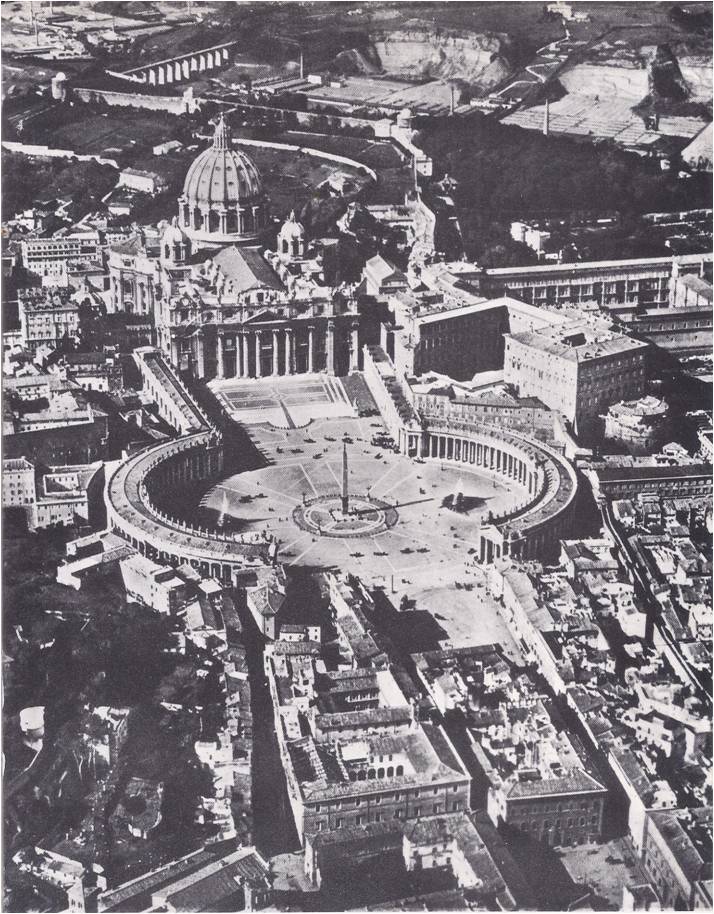In 1492, young Giovanni de’ Medici bade farewell to his father, Lorenzo the Magnificent and left Florence to take his place in Rome among the cardinals of the church. At sixteen, Giovanni was a nobleman in the court of the pope, a man of influence and power. That was fortunate, for when Giovanni was eighteen, his family’s power collapsed. The Florentines drove the Medici from their city and Giovanni, who had come home for a visit, narrowly escaped being stoned by the citizens who once had cheered him. As he crept out of the city, disguised as a poor friar, he swore that he would one day return in triumph. First, he thought, he must look to his career in the church. Whatever the Florentines did, he was still a cardinal and in the papal court there were many ways for a clever man to rise to greatness. When he had crossed the Tuscan border, Giovanni threw off his humble disguise, put on the crimson robes and red hat that marked him as a “prince of the church” and took the road that led to Rome. The young cardinal was not alone in hoping to make his fortune in Rome. Indeed, the old city teemed with ambitious men of every sort — scholars and scoundrels, diplomats and spies, millionaires and fortune-hunters, priests and professional murderers. Rome had known every sort of splendour and evil. Memories of unmatched elegance and unbelievable cruelty lingered in the ruins of temples and arenas built by ancient emperors. Grim fortress-houses were reminders of an age of violence, when the bloody feuds of rival clans of nobles had turned Rome into a ghost city. Now there were new mansions, palaces and lofty churches. A new magnificence had come to Rome with the gold that poured into …
Read More »Charles, Called the Great 771 – 814
IT WAS COLD INSIDE the great cathedral of St. Peter in Rome on Christmas day, in the year 800. The breath of the closely packed worshipers rose like steam. Although their heads were bowed in prayer, many of the worshipers stole a quick glance at the man kneeling near the high altar. He was tall and heavy, with fair hair and a flowing mustache; he was dressed in a simple tunic and a fur-trimmed cloak. When the devotions came to an end, the tall man started to rise. At that moment, Pope Leo III, Splendid in his gold-encrusted vestments, stepped forward quickly. Placing a gold Crown on the tall man’s head, the pope said in a loud voice, “To Charles Augustus, crowned of God, great and pacific emperor of the Romans — life and victory!” The crowd in the cathedral cheered‚ just as Roman crowds had cheered so many times in the past at the coronations of the Caesars. The new emperor was no Caesar; in fact, he was not even a Roman. He was a German and the king of the Franks. His name was Charles and at the time of his coronation he was called Charlemagne, which meant “Charles the Great” in French. Charlemagne was born in the year 742, the eldest son of Pepin the Short and the grandson of Charles Martel. In 752, when Charlemagne was ten years old, his father became king of the Franks. Charlemagne and his younger brother, Carloman, were proclaimed King Pepin’s rightful heirs and after Pepin died in 768, his realm was divided between them. Carloman died three years later and Charlemagne was sole ruler of the Franks. He immediately began the first of the many wars that marked his reign. Altogether, he conducted fifty-four campaigns — against the Lombards, the …
Read More »

